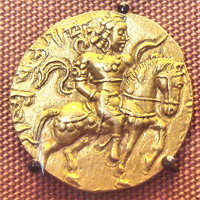
Chandragupta (meaning protected by the moon) II also known as Vikramaditya or Chandragupta Vikramaditya was the son of Samudra Gupta and Datta Devi. He ruled India from 375 to 413 AD. His reign is considered as the golden age of not only Gupta dynasty but also of ancient India. While Chandra Gupta I founded the greatness of the Gupta Empire and Samudra Gupta expanded and consolidated it, Chandra Gupta II extended it to the furthest limits from the Bay of Bengal to the Arabian Sea leading to an era of overseas commerce with the east and west, and economic prosperity of his people. He attained success by pursuing both favorable marital alliance and an aggressive expansionist policy. Although he was not direct successor of Samudra Gupta as historians believe that he was to follow Rama Gupta but due to his military acumen Chandra Gupta II was able to win the empire. The Allahabad pillar inscription mentions the marriage of Chandragupta with a Naga princess Kuveranaga. Chandragupta’s daughter Prabhavati was married to the powerful Vakataka king Rudrasena II. His remarkable victory was due to his victory over the Shaka-Kshatrapa dynasty and annexation of their kingdom in Gujarat on which he was given the title of Shakari meaning the foe of the Shakas.
Chandragupta II controlled a vast empire, from the mouth of the Ganges to the mouth of the Indus River and from what is now North Pakistan down to the mouth of the Narmada. Pataliputra continued to be the capital of his huge empire but Ujjain too became a sort of second capital. A large number of gold coins issued by the Gupta dynasty is a testament to the economic prosperity of the reign. Chandragupta II also started producing silver coins in the Shaka tradition. Fa-hsien the Chinese pilgrim was the contemporary to the Chandra Gupta II and he provides the account of prosperity of his reign as there was absence of capital punishment, low poll-tax and land tax. Most citizens did not consume onions, garlic, meat and wine, the exception to this were the Chandalas, who were shunned in society and segregated from other people. Chandragupta II was a patron of art as there was a circle of poets known as the Nine Gems in his court. The greatest among them was Kalidasa, who is quite well known for writing numerous pieces of immortal literature including ‘Shakuntala’, and is often referred to as the Shakespeare of India. Another figure was Varahamihira who was a famous astronomer and mathematician.

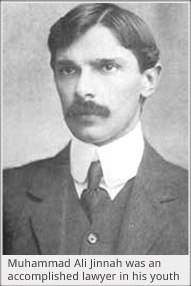 As a member of the Muslim League, Jinnah began to work for Hindu-Muslim unity. In 1917, the annual sessions of both the Congress and the League were held at Lucknow. The League session was presided over by Muhammad Ali Jinnah. It marked the culmination of his efforts towards Hindu-Muslim unity. Here, both the League and the Congress adopted a scheme of reforms known as the Lucknow Pact.
As a member of the Muslim League, Jinnah began to work for Hindu-Muslim unity. In 1917, the annual sessions of both the Congress and the League were held at Lucknow. The League session was presided over by Muhammad Ali Jinnah. It marked the culmination of his efforts towards Hindu-Muslim unity. Here, both the League and the Congress adopted a scheme of reforms known as the Lucknow Pact.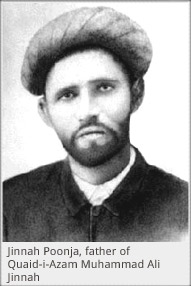 On April 19, 1918, Jinnah married Rutanbai. Their daughter, Dina was born a year later. In 1919, Jinnah resigned from his membership of the Imperial Legislative Council as protest against the “Rowlatt Act”.
On April 19, 1918, Jinnah married Rutanbai. Their daughter, Dina was born a year later. In 1919, Jinnah resigned from his membership of the Imperial Legislative Council as protest against the “Rowlatt Act”.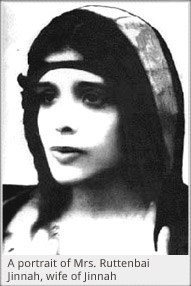 In 1929, Jinnah presented his famous Fourteen Points in response to the Nehru Report. When he returned from England, he reorganized the Muslim League. In 1934, he was elected as its permanent president.
In 1929, Jinnah presented his famous Fourteen Points in response to the Nehru Report. When he returned from England, he reorganized the Muslim League. In 1934, he was elected as its permanent president.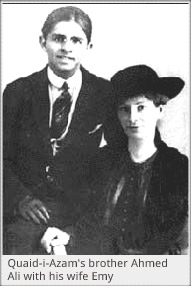 The Provincial Assembly elections of 1937 swept the Congress to power in eight provinces. After almost two years of oppressive rule, Muslims under the leadership of Jinnah, celebrated the Day of Deliverance at the end of Congress rule.
The Provincial Assembly elections of 1937 swept the Congress to power in eight provinces. After almost two years of oppressive rule, Muslims under the leadership of Jinnah, celebrated the Day of Deliverance at the end of Congress rule.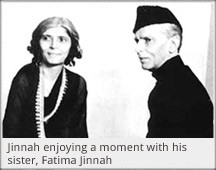 The establishment of Pakistan brought even greater responsibilities for Jinnah. The refugee problem, the withholding of Pakistani assets by India, and the Kashmir problem were a real test for the Quaid. However, his indomitable will prevailed. He worked out a sound economic policy, established an independent currency and the State Bank for Pakistan. He chose Karachi as the federal capital.
The establishment of Pakistan brought even greater responsibilities for Jinnah. The refugee problem, the withholding of Pakistani assets by India, and the Kashmir problem were a real test for the Quaid. However, his indomitable will prevailed. He worked out a sound economic policy, established an independent currency and the State Bank for Pakistan. He chose Karachi as the federal capital.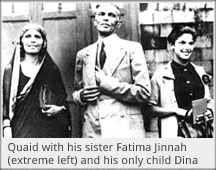

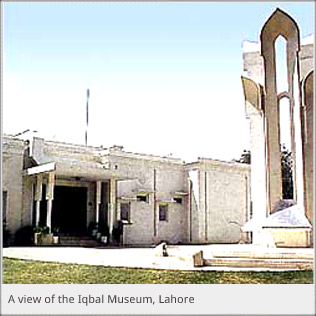 By 1928, his reputation as a great Muslim philosopher was solidly established and he was invited to deliver lectures at Hyderabad, Aligarh and Madras. These series of lectures were later published as a book “The Reconstruction of Religious Thought in Islam”. In 1930, Iqbal was invited to preside over the open session of the Muslim League at Allahabad. In his historic Allahabad Address, Iqbal visualized an independent and sovereign state for the Muslims of North-Western India. In 1932, Iqbal came to England as a Muslim delegate to the Third Round Table Conference.
By 1928, his reputation as a great Muslim philosopher was solidly established and he was invited to deliver lectures at Hyderabad, Aligarh and Madras. These series of lectures were later published as a book “The Reconstruction of Religious Thought in Islam”. In 1930, Iqbal was invited to preside over the open session of the Muslim League at Allahabad. In his historic Allahabad Address, Iqbal visualized an independent and sovereign state for the Muslims of North-Western India. In 1932, Iqbal came to England as a Muslim delegate to the Third Round Table Conference.